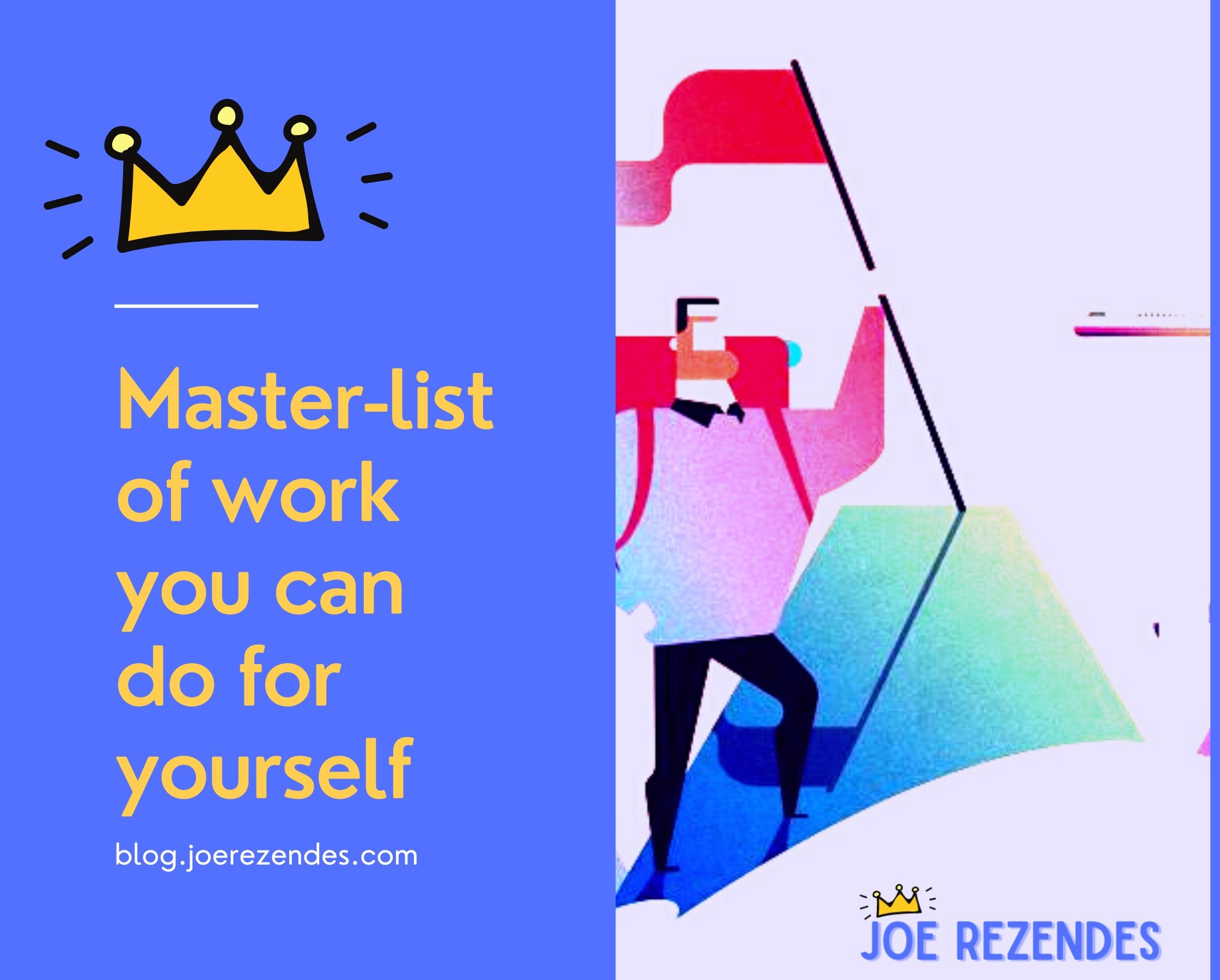
“Build it and they will come.”
This motto may have been popularized by the movie Field of Dreams back in 1989. But surprisingly, lots of people still view it as great advice three decades later.
And who can blame them? The fantasy of pouring your heart and soul into a product you believe in and then reaping a magnitude of rewards after its successful launch is something straight out of every entrepreneur’s dreams.
There’s something intoxicating about the idea that a good product is all you need to build a profitable venture. Sadly, that’s not the case.
Many aspiring entrepreneurs and startups have turned to this quote to justify going into a venture blindly -- and most of them ended up paying dearly for it.

Why “build it and they will come” is bad advice
There’s nothing fundamentally wrong with the message it’s trying to send. In fact, it probably worked wonders for dozens of businesses a couple of decades ago.
But these days, build it and they will come is an outdated piece of advice that you should be wary of. Although starting a venture and watching it blow up to levels beyond your expectations indeed happens, these instances are the exception and not the rule.
The main reason? This advice simply doesn’t work anymore, especially in 2020.
The competition is much stiffer
Build it and they will come, to put things simply, has long outlived its relevance.
For example, opening up shop in a small town back in the ’90s is relatively easy to pull off. As long as you pick a business that addresses a need within the community, you’ll likely gain lots of customers sooner or later even without much marketing.
Imagine this, it’s 1995 and you’re opening the first-ever bike shop in your town. In this scenario, it’s not unreasonable to expect that most kids and parents in your community will end up becoming regular clients.
Or let’s say it’s the early 2000s, and you’ve decided to start importing hard-to-find books from abroad to sell in your city. Bookworms from your vicinity will likely become familiar faces within a month or two.
These days, however, you can get pretty much any book you want from Amazon. No need to dress up, drive long distances, and line up to pay. Just a few clicks here and there and voila! Your purchase will show up on your doorstep the next day.
This applies to pretty much everything in the modern world. Whatever product you’re planning to build, chances are high that there’s already something similar out there. Without adequate market research and marketing, your business will probably remain largely unknown.
It’s harder to stand out these days
This is especially true within the context of SaaS and digital products. Any competent software engineer already has a bunch of tools at their disposal should they decide to build something.
/153221908-5bfc2b8c4cedfd0026c118f2.jpg)
As a result, countless projects are constantly being created at any given moment. And when your hot new product has to compete with hundreds of other hot new products for your customers’ attention, it’s much harder to stand out.
So, how do you prevent this from happening?
Find product-market fit before you start development

At this point, we’ve already established that build it and they will come isn’t sound advice anymore, especially if you’re in tech and building an app or SaaS product.
If you have a potential million-dollar idea in mind, how do you ensure that it doesn’t end up lost in the sea of forgotten software?
Every developer believes their product is amazing. After all, no one will bother spending hundreds of hours trying to build something that they think no one will find of value.
But as demonstrated by countless failed startups and overlooked digital products, having a product that you wholeheartedly believe in is not enough. At best, it comprises only half of the equation.
You can’t use guts as a barometer of success. Just because you’re willing to die defending your idea (But that’s how much I believe in it!) doesn’t mean it’s going to be your surefire ticket to riches. Sure, diving headfirst into developing a product without consulting the market just because you’re “absolutely sure people will love it” may sound gutsy and impressive, but really, it’s likely going to end up as your one-way ticket to fail town.
The most important thing you can do to help secure your product’s success is to find product-market fit before you start development. Put yourself in the shoes of your ideal customers and try to visualize how they can use and benefit from your product.
Better yet, connect with actual potential customers and take the time to learn from their needs. Spend some time talking about their biggest and most urgent problems and pain points. Aside from giving you a clearer picture of whether or not a product-market fit exists, doing so will help you build an audience before your product is even launched (we’ll discuss more of this below).
Marketing your product successfully
You can build the greatest product ever, but without marketing and sales, it will be worthless.
No matter how big your startup’s potential is, competent and adequate marketing is essential to success. That said, you can follow these tips to market your product successfully.
1. Build your audience before launch
As mentioned above, connecting with potential users even before you start developing your product leads to numerous opportunities -- one of them being the chance to build a formidable audience for your venture very early on.
To do this, you can start a project blog or regularly send updates through a newsletter. You can also take advantage of forums and communities like Reddit to connect with people who might be interested in what you have to offer.
2. Release your product piece by piece
Releasing your product in pieces has several benefits:
- It allows you to drive sustained attention to your product over a longer period.
- Deciphering which specific aspects or tools your users love (or hate) is easier when you launch each aspect or tool separately.
- You can use feedback from your earlier launches to improve each new tool you release.
3. Iterate, iterate, iterate
Receiving harsh feedback, especially when it’s about a product you sincerely believe in, is always going to be tough. But you shouldn’t let the pride of ownership get in the way of improvement.
Be receptive to your users’ responses and seek as much honest feedback as possible. It might be tempting to discount some of them as “misguided” or “uninformed” opinions and think that they’re only giving you negative feedback because “they just don’t get it.”
However, the ability to openly listen, iterate, and even pivot is usually what separates a successful venture from a failed one.
Some parting words: The difference between coming and staying

So you’ve applied the tips we’ve mentioned above and managed to get people’s attention… what now?
The next question to ponder is: Maybe you can get people to come, but can you get them to stay?
At the end of the day, your users have a problem they want to solve. Once you have their attention, that’s the perfect opportunity to pounce and give them exactly what they need.
Just remember that the fight doesn’t end when you get your first few customers. Marketing is a perpetual process. It’s a weapon that’s most effective when done consistently.
Apart from constantly iterating on your product and adding new features to keep your customers engaged, it’s equally important for you to continuously go out and tell people about its existence. Attention spans are short these days. If you don’t improve and market your product enough, you’re bound to get lost in the fray.
If you're anything like me, you have a lot of ideas but not enough time to work on them.
I created the 8/1 rule to help other full time employees find the time to work for themselves. Check out the article below to learn how to use the 8/1 rule effectively.









